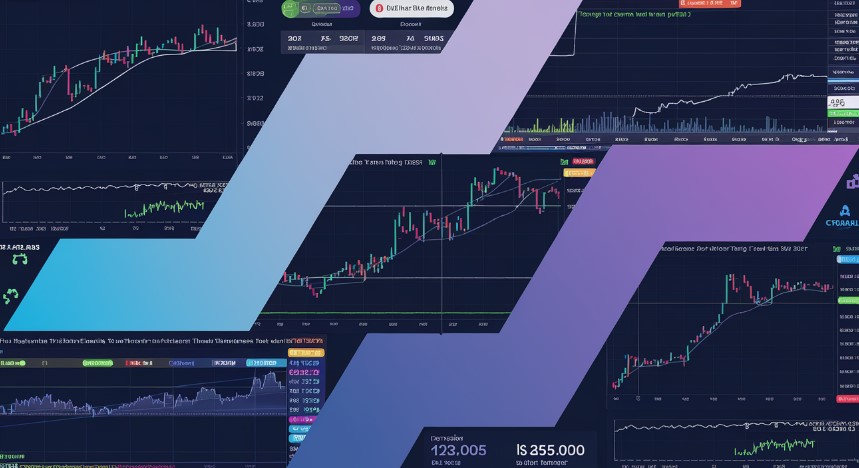Most traders assume that if they’re good at Day Trading in a Prop Firm, they can easily transition to Swing Trading—or vice versa. But in reality, these two styles demand opposite cognitive rhythms, emotional temperaments, and decision-making speeds.
Trying to master both doesn’t make you versatile.
It makes you inconsistent.
In this article, we’ll expose the neurological and behavioral incompatibility between these two styles and help you choose the one that aligns with your natural trading personality.
The Cognitive Mismatch: Speed vs. Patience
| Decision Speed | Milliseconds to seconds | Hours to days |
| Feedback Loop | Immediate (win/loss in minutes) | Delayed (results in 3–7 days) |
| Emotional State | High arousal, adrenaline-driven | Calm, reflective |
| Focus Type | Hyper-vigilant (screen-focused) | Strategic (big-picture) |
| Risk Processing | Fast, intuitive | Slow, analytical |
These aren’t just different strategies—they’re different brain modes.
Neuroscience shows that the brain cannot fluidly switch between high-speed reaction mode (day trading) and long-term pattern recognition mode (swing trading) without performance degradation.
🔬 Study Insight: Traders who switch between fast and slow decision-making modes make 37% more errors (Journal of Behavioral Finance, 2022).
The Identity Conflict: Who Are You as a Trader?
If You’re Wired for Day Trading in a Prop Firm, You Likely:
- Thrive under pressure
- Enjoy structure and rules
- React quickly to changing conditions
- Feel restless during inactivity
- Prefer clear, immediate outcomes
You’re like a sprinter—built for explosive energy over short distances.
If You’re Wired for Swing Trading, You Likely:
- Value patience and process
- Dislike constant screen time
- Think in terms of weeks, not hours
- Accept drawdowns as part of the journey
- Prefer autonomy over accountability
You’re like a long-distance runner—built for endurance, not sprints.
The Hidden Cost of Hybrid Trading
Many traders try to do both:
- Day trade with a prop firm during London session
- Swing trade personal accounts at night
But this creates mental fragmentation:
- You bring day-trading impulsivity into swing positions
- You apply swing-trading patience to fast-moving day trades
- You break rules in both styles
Result?
Failed prop challenges and losing swing trades.
💡 Real Case: A trader passed the FTMO challenge but blew his swing account by closing winning trades early out of day-trading habit.
How to Choose: The 3-Question Test
Ask yourself:
- Do I feel anxious when I’m not watching the market?
→ Yes = Day trader
→ No = Swing trader - Do I prefer quick results or long-term growth?
→ Quick = Day trader
→ Long-term = Swing trader - Do I follow rules better under pressure or in solitude?
→ Under pressure = Prop firm
→ In solitude = Swing trading
Your answers reveal your trading DNA.
Final Thoughts
You don’t need to be good at everything.
You need to be great at one thing.
Day Trading in a Prop Firm and Swing Trading are not skills on a spectrum.
They are different species of trading.
Choose the one that matches your natural rhythm, personality, and lifestyle—not the one that seems more profitable.
Because mastery comes not from doing more,
but from doing one thing deeply, consistently, and authentically.






